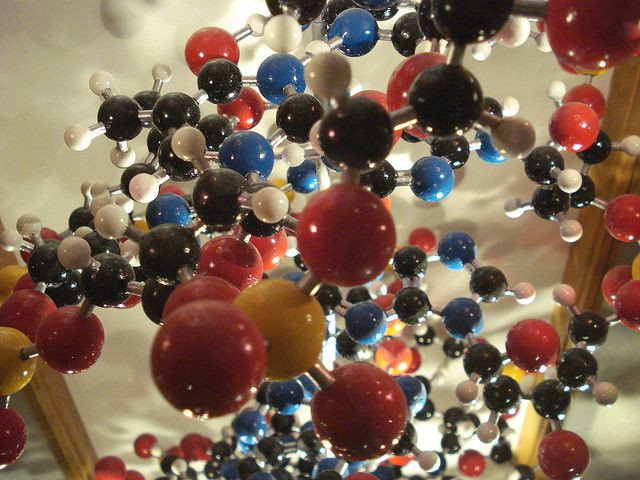Scientists successfully encoded text on DNA; could soon store 300K terabytes of information

Experts could now further explore the storage potential of DNA as an alternative to modern-day hard drives after the success of a team of scientists who have encoded molecules with 83 kilobytes of text. Other experts say the success is a promising start, and the team now proceeds to develop a filing system to make the information easier to navigate.
The team, who presented at the 250th National Meeting & Exposition of the American Chemical Society, or ACS, said that the encapsulated DNA can preserve information for at least 2,000 years. The encoded information was taken from the 1291 Swiss Federal Charter and the Method of Archimedes from the 10th century and was error-free after scientists tried to decode it.
In theory, just a fraction of an ounce of DNA could store around 300,000 terabytes of information. And scientists believe, based on archaeological findings, that DNA from hundreds of thousands of years ago can still be sequenced today.
"This interest in preserving information is something we have lost, especially in a digital world," said Robert Grass, lecturer at the ETH Zurich and leader of the research team. "And that's what I'd like to help address and encourage people to do: Save information we have today for future times."
Grass’ team did the process of encoding through encapsulating the DNA in silica spheres and warming it to nearly 160 degrees Fahrenheit for one week. The process is equivalent of keeping the DNA for 2,000 years at about 50 degrees, researchers said.
The discovery of the double helix architecture of DNA, led experts to figure out that the coding language of nature is "very similar" to the binary language used in computers, Grass said in a press release. However, DNA and modern computers have differences. On a hard drive, numbers one and zero are only used to represent data, while in DNA, four chemical bases A, C, T and G are available.
The encapsulated DNA still needs improvement, as the data stored in it can't be searched the same way with today's hard drives, and encoding and saving a few megabytes of data costs thousands of dollars, Grass said.
"In DNA storage, you have a drop of liquid containing floating molecules encoded with information," he said. The scientists can read everything in the drop, but there is no specific place within the drop to navigate the data and read only one file. The team is currently developing ways to make the information on DNA strands searchable.
Contact the writer at feedback@ibtimes.com.au or tell us what you think below





















